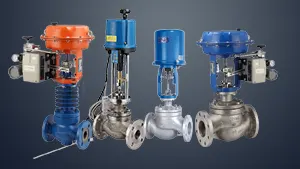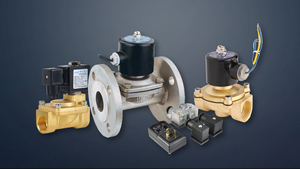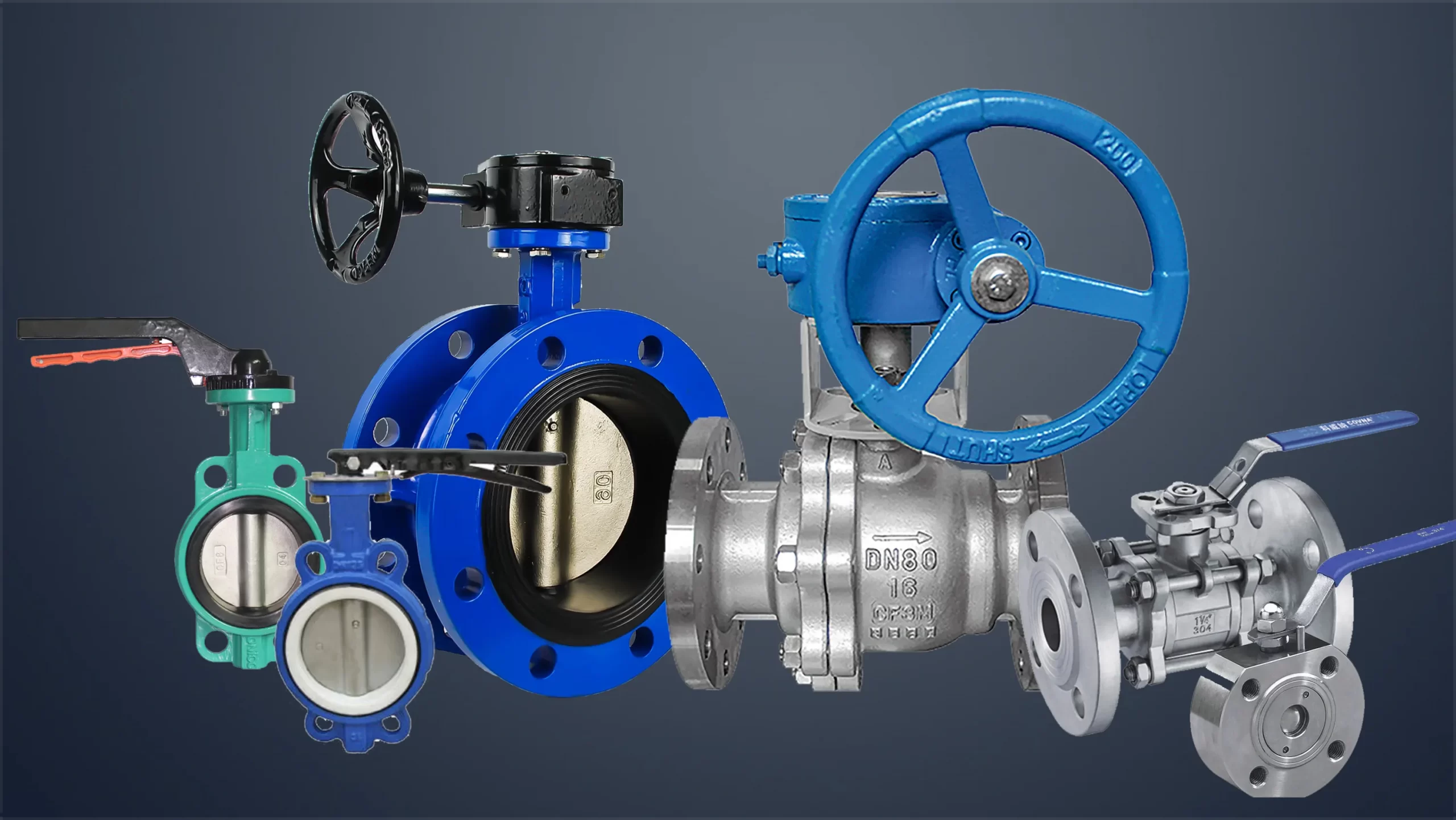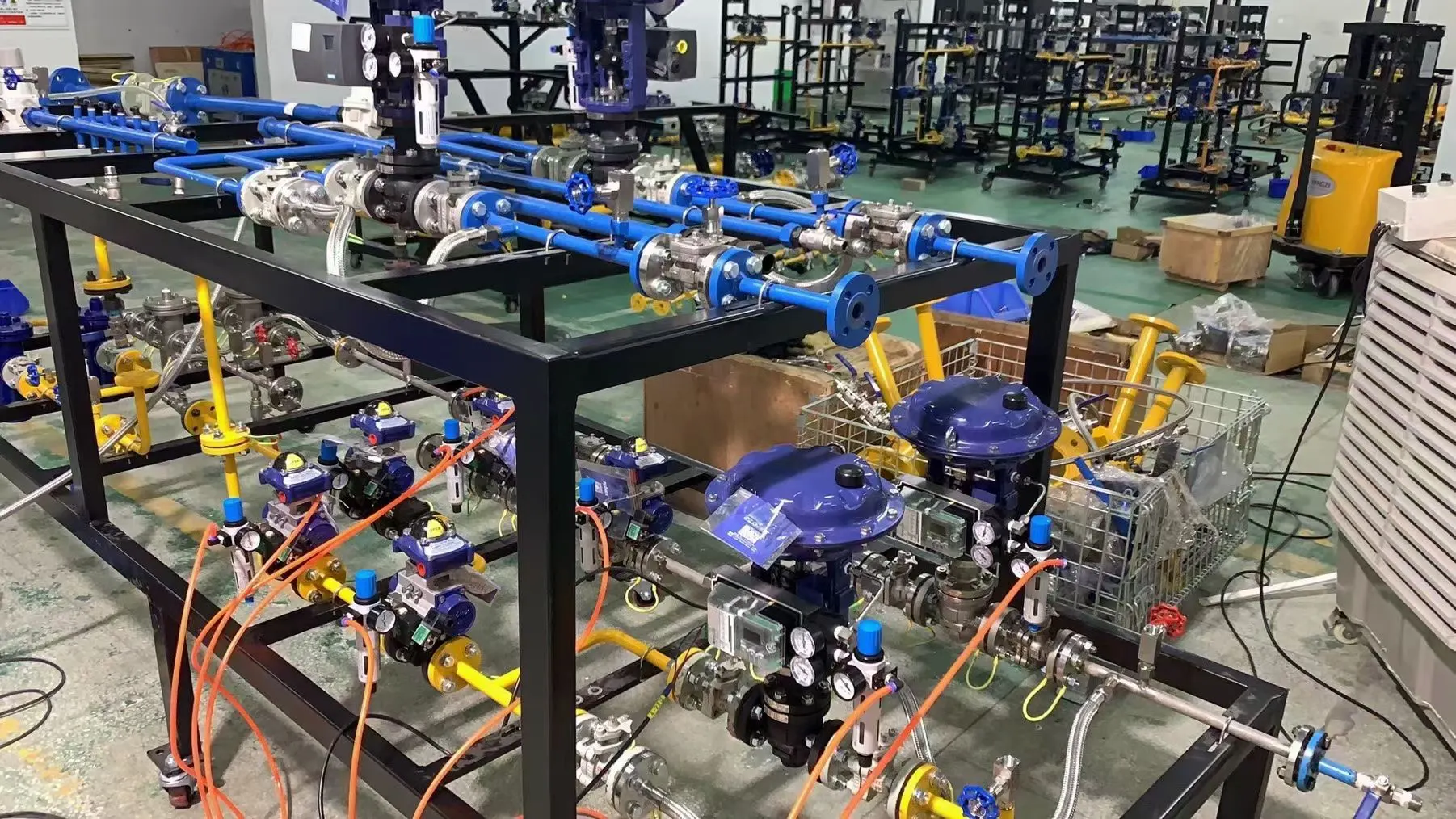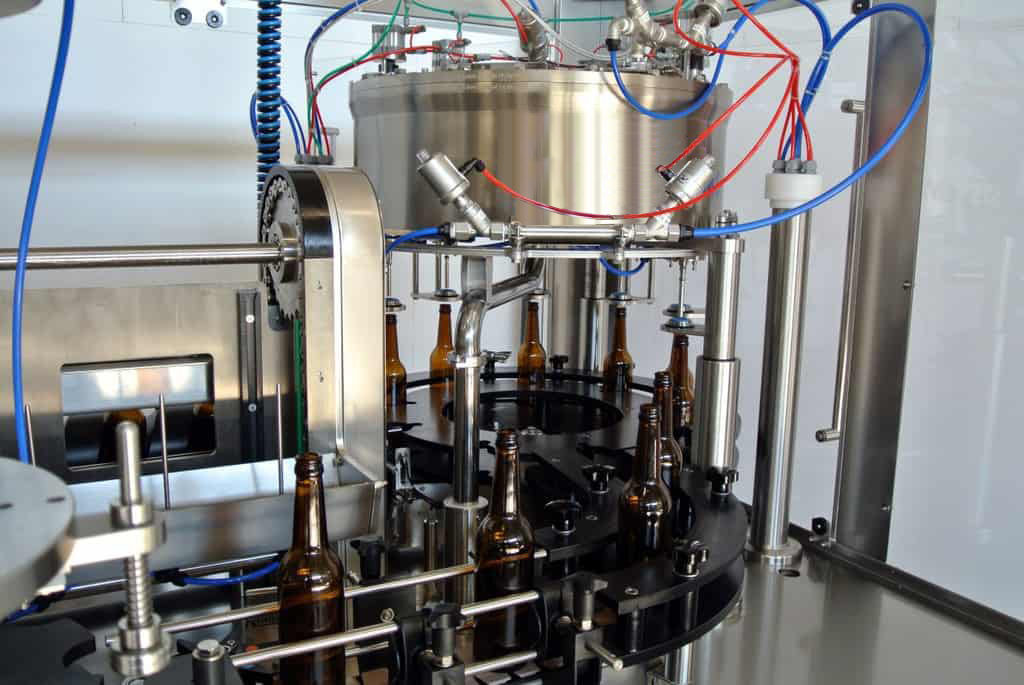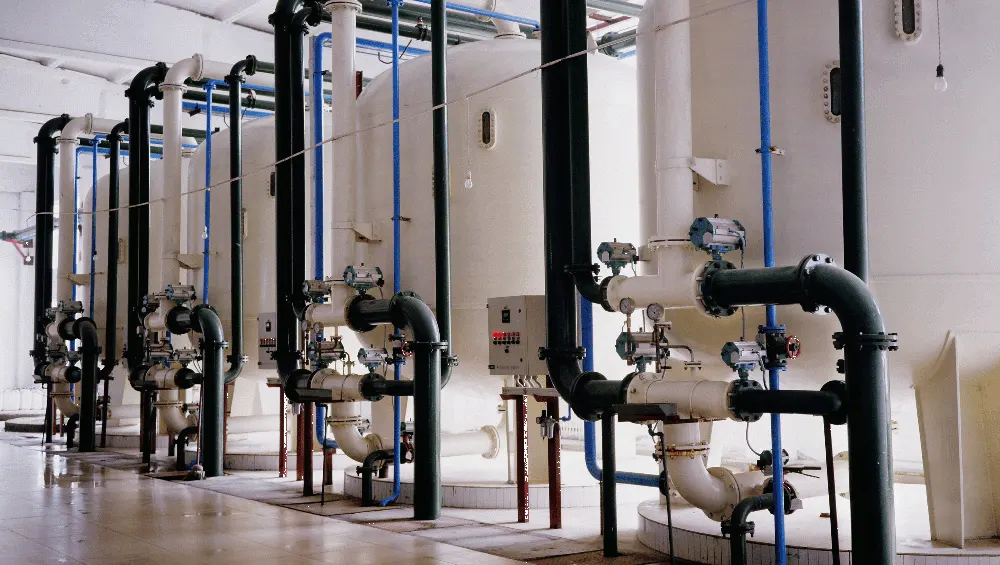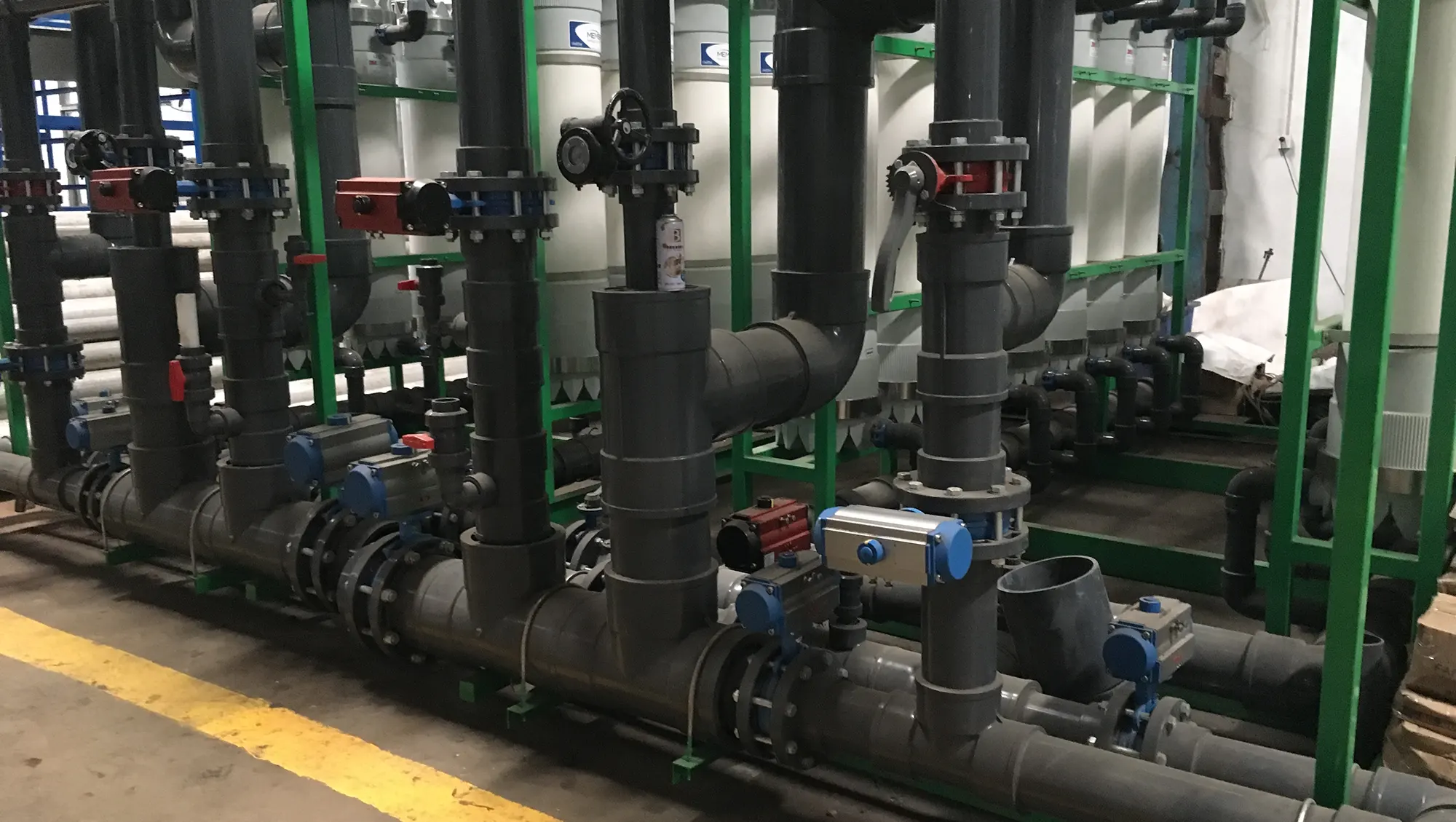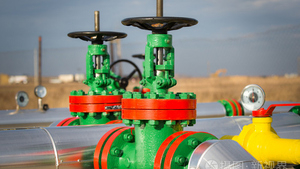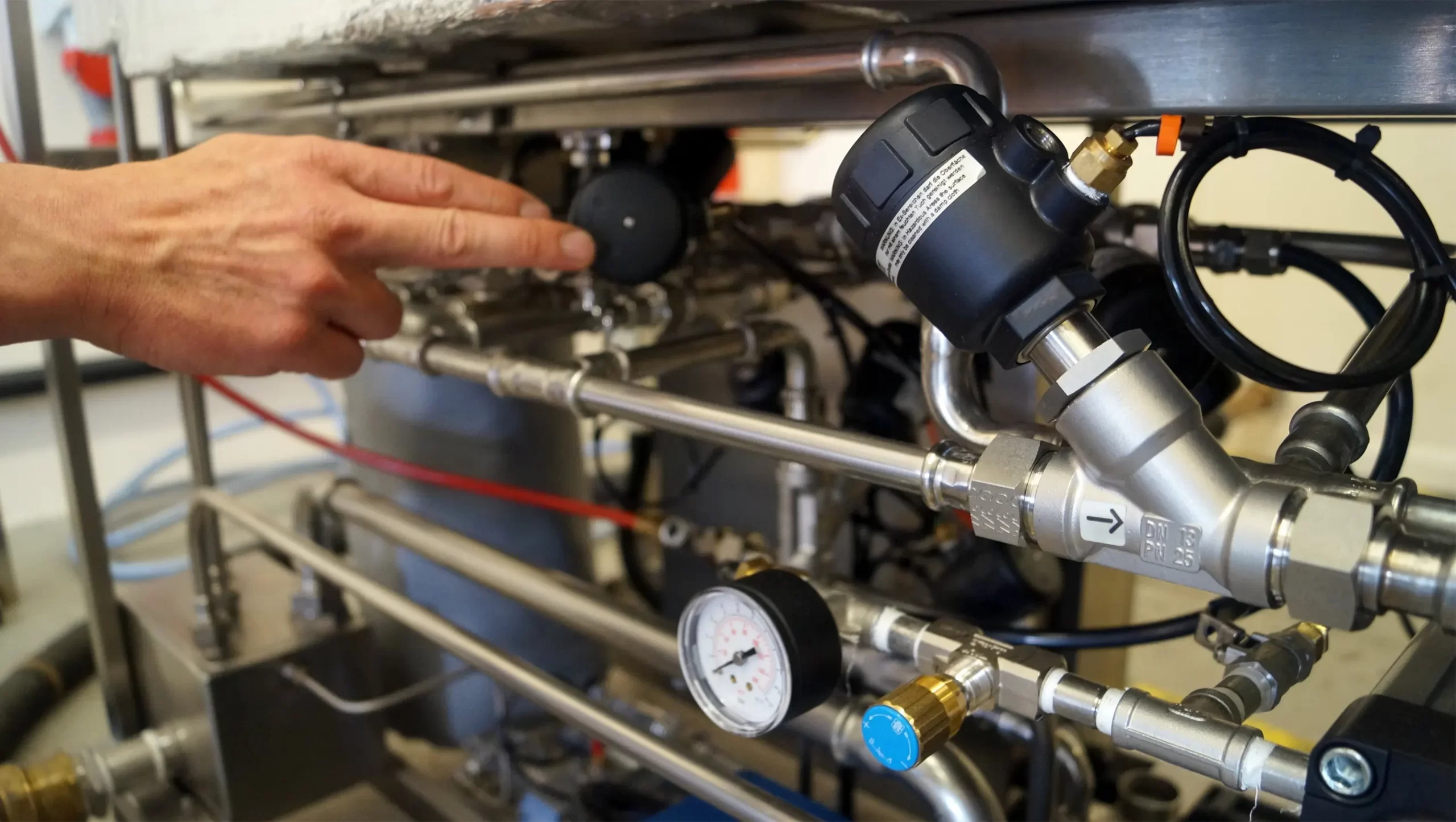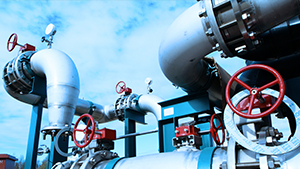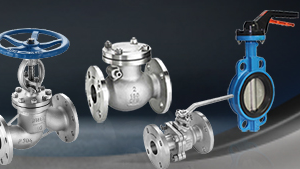1. The function of self-operated control valve
Self-operated control valves all use the feedback signal (pressure, pressure difference, temperature) at the valve output end to be transmitted to the actuator through the signal tube to drive the valve flap to change the valve opening to achieve the purpose of regulating pressure, flow, and temperature.
2. Advantages of self-operated control valve
It is a new type of control valve. Compared with the manual control valve, its advantage is that it can be adjusted automatically; compared to the electric control valve, its advantage is that it does not require external power. Application practice has proved that in closed water circulation systems (such as hot water heating systems, air conditioning and chilled water systems), the correct use of this valve can easily achieve system flow distribution; can achieve system dynamic balance; can greatly simplify the system The debugging work; can stabilize the working state of the pump.
3. Classification of self-operated control valves
Direct acting and indirect acting type
- Direct acting control valve
Direct-acting control valves are also called spring-loaded control valves. There are elastic elements in the structure: springs, bellows, bellows-type temperature bulbs, etc., using the principle of balancing elastic force and feedback signals.
- Indirect-acting control valve
The indirect-acting control valve adds a pilot (pilot valve) which amplifies the feedback signal and then drives the main valve disc to move through the actuator to achieve the purpose of changing the valve opening.
If it is a pressure regulating valve, the feedback signal is the outlet pressure of the valve, which is introduced into the actuator through the signal tube.
If it is a flow regulating valve, there is an orifice plate (or other resistance device) at the outlet of the orifice plate to take out the differential pressure signal from both ends of the orifice plate and introduce it into the actuator.
If it is a temperature regulating valve, there is a temperature sensor (or temperature bulb) at the outlet of the valve to drive the actuator through the thermal expansion and contraction of the medium in the temperature sensor.
4. Features of self-operated control valve
The self-operated control valve does not require external energy, and can work in places without electricity and gas, which is convenient and saves energy. The pressure segment range is narrow and cross each other, and the adjustment accuracy is high. The pressure setting value can be set continuously during operation. Regulating the pressure behind the valve, the ratio of the pressure before the valve to the pressure after the valve can be 10:1 ~ 10:8. Rubber diaphragm detection, the actuator has high measurement accuracy and sensitive action. The pressure balance mechanism is adopted to make the control valve sensitive and precise.
--- END ---




